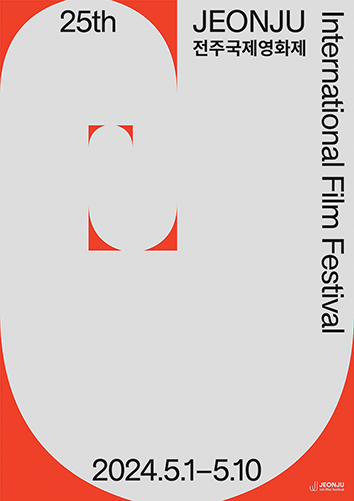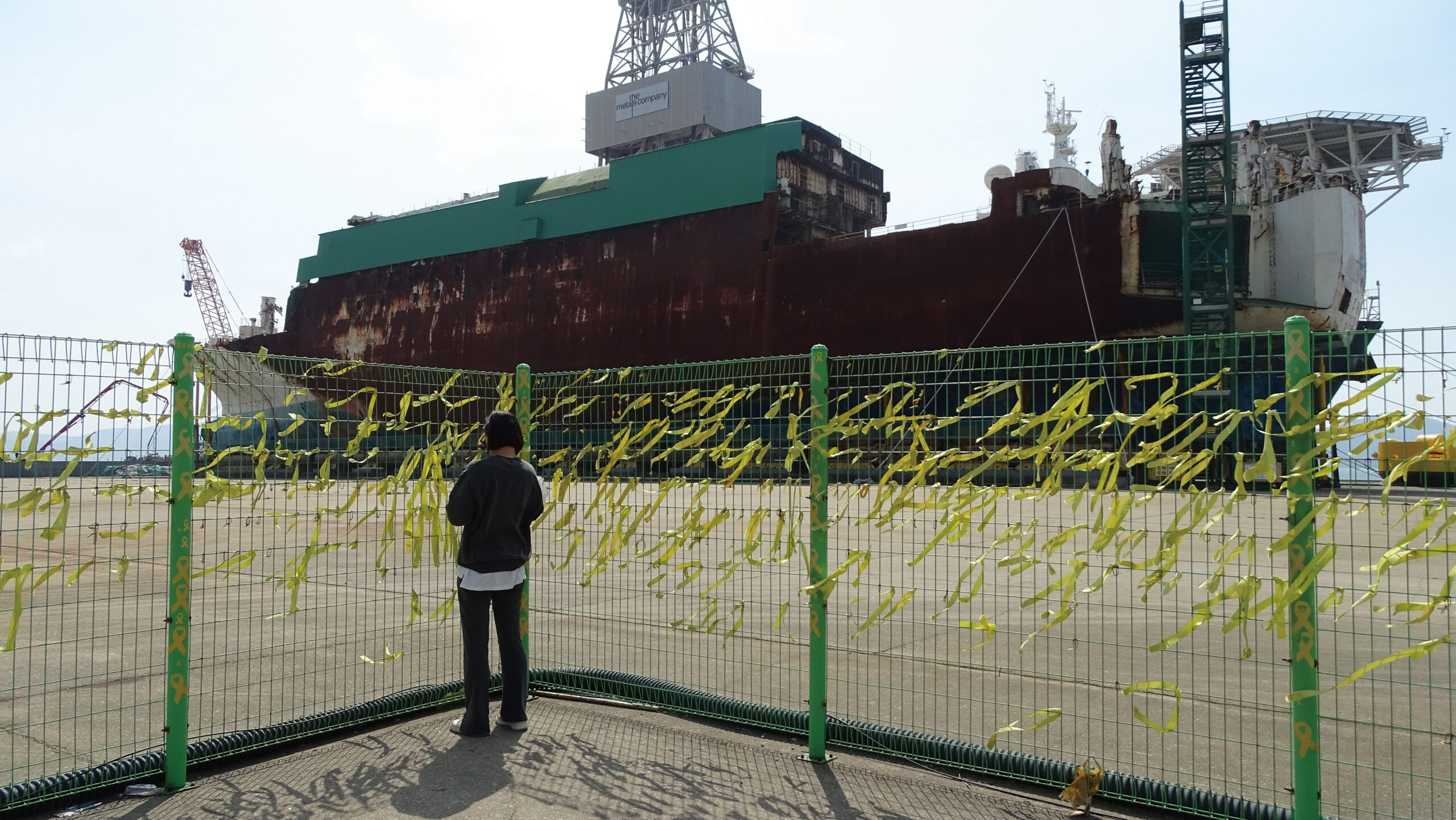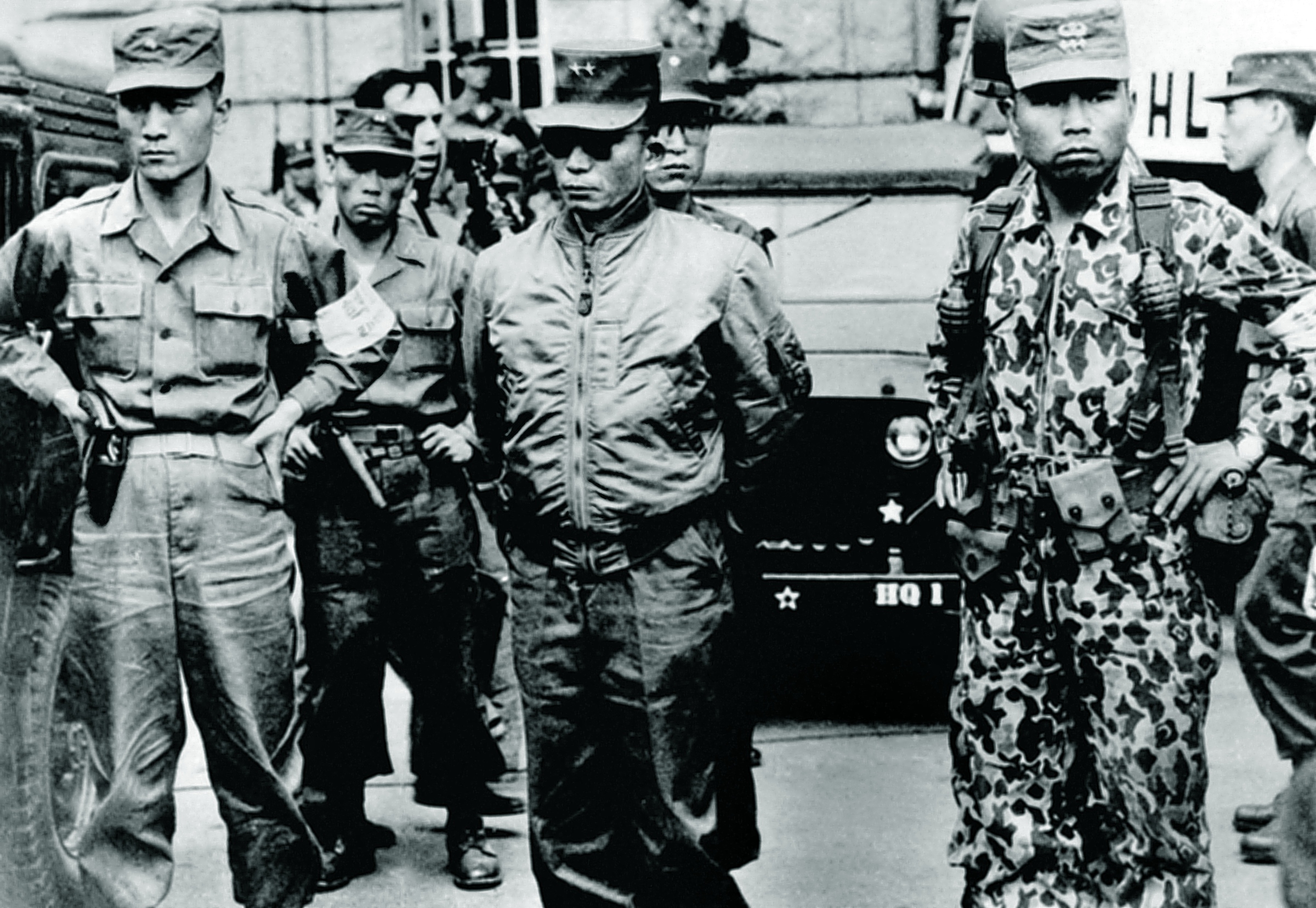The May 16 Military Coup: How It Came About
Originally written by Shin Sang-soon
(Originally appearing in the May 2003 issue of the Gwangju News.)
As May 16 is the fifty-eighth anniversary of Korea’s 5.16 coup d’état, we thought it to be of timely interest to mark the occasion with this 2003 article by Prof. Shin Sang-soon, longtime contributor to the Gwangju News on all things Korean. — Ed.
As 9/11 is to Americans, so 5.16 is to Koreans. The former numerical term, “9/11,” of course, stands for “September 11,” the 2001 terrorist attack on the twin towers of the World Trade Center in New York. The latter, “5.16,” stands for “May 16,” the 1961 military coup in Korea.
Before daybreak on May 16, 1961, the sound of sporadic rifle fire announced the uprising of patriotic military men. Battalions of soldiers, marines, and paratroopers marched across the Han River into Seoul in a lightning coup under the leadership of Major General Park Chung-hee.
During the twelve months leading up to the coup, the nation was in a state of dire chaos, devoid of law and order. One year earlier, on March 15, the then-ruling Liberal Party of President Syngman Rhee rigged the 1960 presidential election for him to be elected to a fourth term. Students came to know about the illegality of the election, and those in Masan, a southern port city, were first to rise up demanding a new election. They were fired upon by the police, and there were more than 100 causalities.
On April 11, a high school student’s body with a teargas canister stuck in one of his eyes was found floating in Masan Harbor. This was no doubt the work of the police, infuriating students all across the nation. On April 18, the students from Korea University in Seoul spearheaded a student demonstration and marched against a police barrier on Chong-ro near Seoul City Hall that was protecting the National Assembly building. There they demanded that a new election be held. After the rally, they headed back toward their campus peacefully. But on their way, a group of right-wing thugs with clubs and iron bars in hand attacked and severely injured many of them. The next day, April 19, practically all the students in Seoul poured into the streets. Again, police fired on them as they neared the presidential residence, and there was bloodshed. Martial law was imposed, and police dispersed the crowds.
The aging president had no choice but to step down [he was 85 at the time]. People called this “student power.” This was possibly the first time in world history that students had toppled their own national government. This was the beginning of the powerful student movement of the 1960s throughout the world. But there remained a sense of distrust among the students. They did not trust politicians, nor did they trust the older generation. On top of this, the Democratic Party that had replaced the Liberal Party after the downfall of President Syngman Rhee was split into two factions, with the president belonging to one and the prime minister to the other.
Neither of the factions was strong enough to fill the enormous vacuum that had been created by the sudden collapse of the twelve-year-long autocratic rule of the Rhee regime. The new administration was unable to cope with the situation in which it found itself. For one thing, most of the new cabinet members had little experience in government, and for another, the leaders, now tasting the long-denied fruits of political power, were beginning to wallow in its corrupting effect. The new administration not only failed to gather the united support of the people, it helplessly stood by and watched daily demonstrations by students who now thought they could steer the course of national affairs merely by parading in the streets. The North Korean communists seized this golden opportunity of internal disorder in the south to subvert the new administration. Student representatives even planned to go to Panmunjom (the neutral site in the DMZ, where the armistice had been signed on July 27, 1953) to negotiate “peaceful unification” with their North Korean counterparts.
At this critical moment, the 5.16 coup leaders rose to “save the nation.” They immediately announced a six-point pledge including strong anti-communism, respect for the U.N. Charter, and of course transfer of government to civilian rule as soon as the revolutionary missions were accomplished. The coup leader, Major General Park Chung-hee, soon became president and was serving his fourth term when he met his tragic death in 1979: assassination by his most trusted subordinate, the head of the KCIA.
The Author
Shin Sang-soon (1922–2011) was a longtime professor of English education at Chonnam National University. After his retirement, he authored “The Korean Way” under the penname “2Ys,” a column in the Gwangju News that ran from 2002 to 2010. Prof. Shin was also a senior advisor to the Gwangju International Center.








